
Young Crew Heads to Southern Ocean
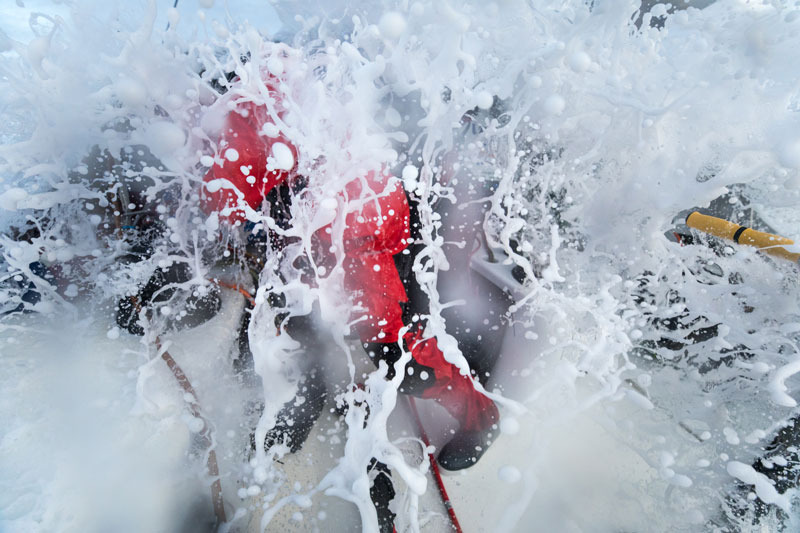
On Sunday, the seven-strong Volvo Ocean Race fleet will leave Auckland, New Zealand, on Leg 7 of the toughest stretch of this grueling race that takes the one-design Volvo Ocean 65s through 7,600 miles of the Southern Ocean and around Cape Horn, where they’ll deal with conditions from howling winds, freezing cold and icebergs, to a return to the tropics as they approach the finish in Brazil. Skippering the Clean Seas/Turn the Tide on Plastic team, Dee Caffari is drawing upon her five previous trips racing around the world as she heads into this challenging leg with her young crew, many of whom are first-timers in the race.
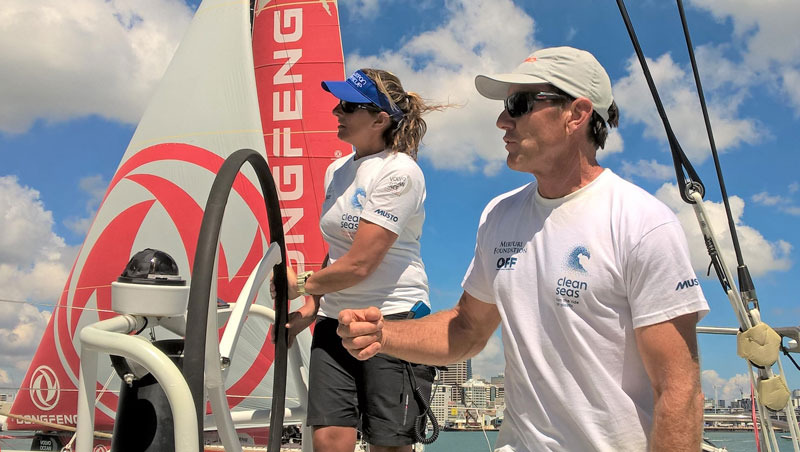
We caught up with Clean Seas in Auckland to learn more about Caffari’s unique team, as well as her connection to West Coast racing. Caffari is a friend of the Bay Area’s Liz Baylis — the pair raced together in the 2017 Coastal Cup and Transpac on Michael Moradzadeh’s Tiburon-based Santa Cruz 50 Oaxaca. A 45-year old Brit, Caffari is hoping to race again on Oaxaca in this year’s Pacific Cup.
She was presented with a formidable challenge in her debut as a VOR skipper: Put together a mixed-nationality team of under-30s, 50% female and 50% male. It’s an experiment that under Caffari’s care, with guidance from Tony Rae, a Kiwi sailor who has competed in the VOR six times and America’s Cup seven times, is going exceptionally well.
“I’m loving the project because it’s so different,” Caffari said. “When the organizers threw all those challenges at me, I got reflective as to why I was doing this, but when I put all my experience together, it probably led me to this place anyway. Working with this team is really rewarding; to see them grow on every leg is great. They’re hungry and enthusiastic and love what they are doing.”
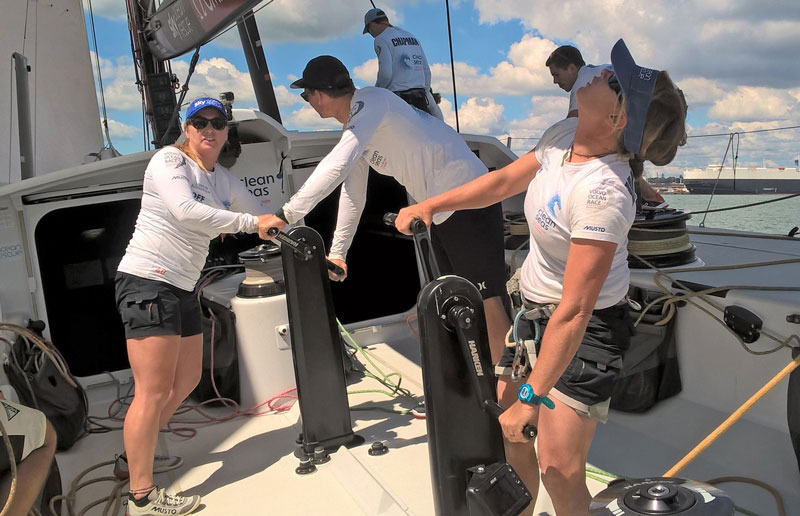
The team got a very late start to the race, and, as Rae recalls, the experience on board initially was raw. “They’re all talented sailors across different areas, but, for example, the dinghy sailors among them didn’t really understand the loads and how to load a winch safely. There were times when I had to step in where safety was an issue. My focus has been how to get this boat and team safely from A to B, as fast as possible but also as safe as possible.”
Rae says the difference in the team since the start has been rewarding. “It’s the cool thing about this race and always has been since the first time I did it in 1985. You go from sailing on weekends where you slowly build up miles, to racing 24/7 and it’s all you are doing and thinking about. Your knowledge and learning curve — whether it’s driving or trimming techniques — is massive.”
While the team is not breaking any records, currently sitting in seventh position with just 11 points, Caffari says Clean Seas’ sustainability agenda has been a great success. “Young people on board are the best messengers — they are genuinely concerned and want to make a better environment for their children with a decent ocean and healthy lifestyle. When I listen to them communicating Clean Sea’s message it’s genuine; I’m not having to give them a corporate message that they have to deliver.”
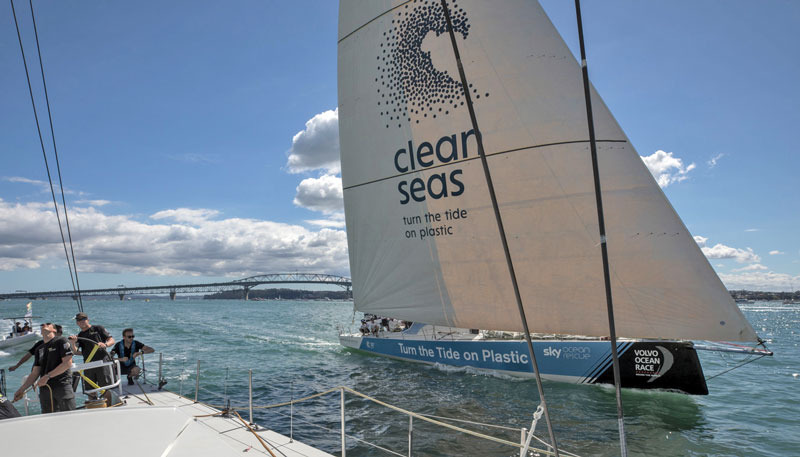
With one Southern Ocean leg under their belt (Leg 3), Dee’s crew has expectations in line as they head to Cape Horn. “They know how cold, windy and miserable it is, although they’ve probably forgotten as we’ve just been in the tropics the last few months — but it’ll come back to them quickly!”
Input Sought on Sailing Injury Survey
A team of medical students is conducting a survey to review the illnesses and injuries that sailors encounter while on the water, anchored or moored, and they’re asking for your help. The students are interested in learning more about what specific events occurred and how they were managed from a medical perspective. The purpose of this questionnaire is to get an idea of what kinds of injuries and illnesses the sailing community faces and their level of medical preparedness.
If you’d like to take the survey, please go to this link.
MEXORC: Quality Racing in the Tropics
The 2018 edition of the Mexican Ocean Racing Championships (MEXORC) has just drawn to a close, capping off a few solid weeks of sailing for many of the West Coast’s finest sailors and programs. Taking place in and around beautiful Puerto Vallarta and Banderas Bay immediately after the fleet races down from California (this year it was the San Diego to PV Race that served as the ‘feeder’ race; more on that in the April issue of Latitude 38), MEXORC incorporates a beautiful tropical destination with quality — though not too terribly serious — racing and a diverse fleet of yachts from Mexico and the US. With windward-leeward racing, ‘random leg’ racing, point-to-point racing and more, MEXORC is a bucket-list regatta for many.
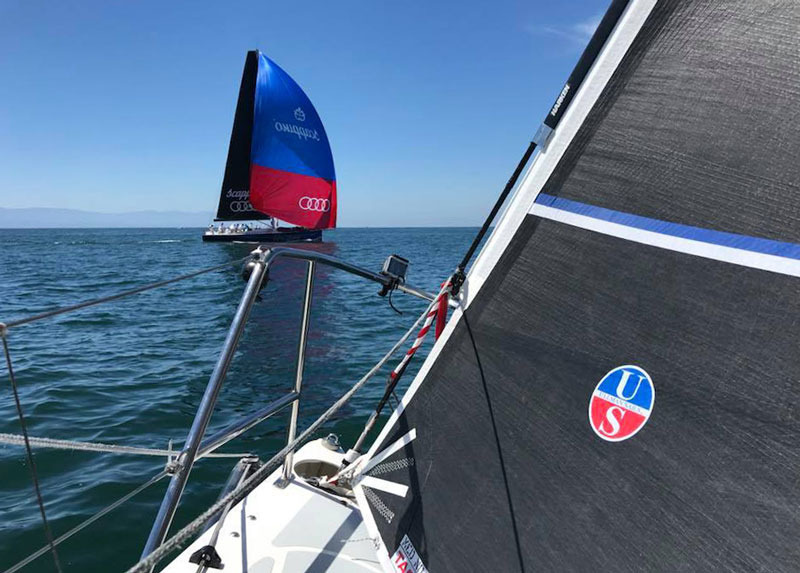
Fresh after racing down and claiming a first-in-class and second overall in the PV Race, Viggo Torbensen’s J/125 Timeshaver was getting into her groove after a slow start to her MEXORC regatta when the masthead crane broke off! Fortunately the rig stayed upright and no one was hurt. The other J/125 in the fleet, Mark Surber’s San Diego-based Derivative went on to win the entire MEXORC regatta overall, putting up a near picket fence of firsts, with their only second place being to Timeshaver. In a fleet of 29 yachts ranging from 37-ft cruisers to Farr 40s to TP52s to 70-ft sleds, the legendary J/125 has again shown her legendary speed and versatility. Second overall was the Club Swan 42 Supersonico, followed by a trio of Farr 40 one-design racers rounding out the top five.
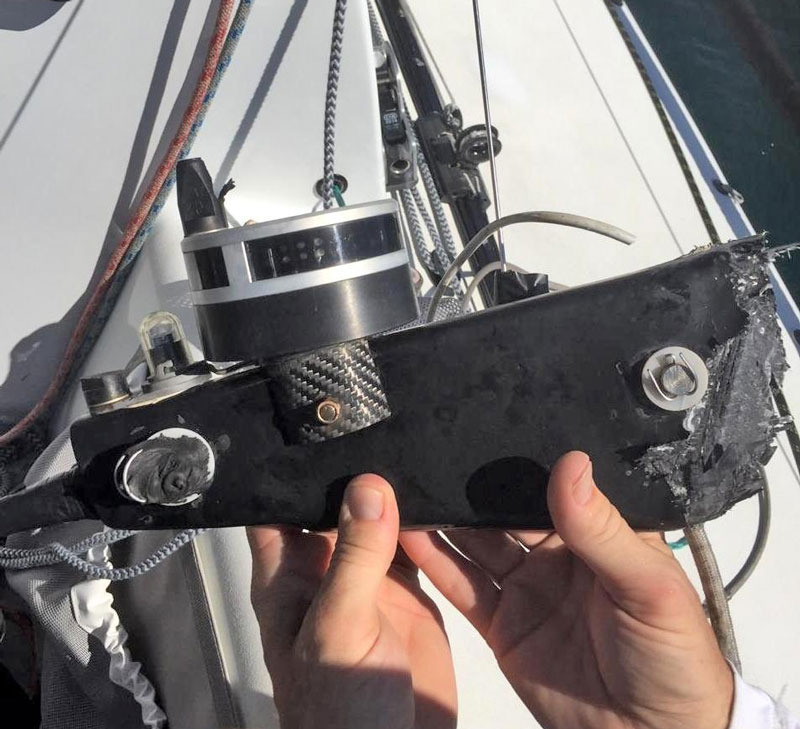
Right after MEXORC ended on Wednesday, a dozen teams prepared themselves and their boats to race down to Acapulco as the third and final leg of their winter adventure. With many of the best racing boats in Mexico (and on the West Coast) being based in Acapulco, this is essentially a delivery race back home after a long month of sailing that went as far north as San Diego. Cruisers and Farr 40s started yesterday, while the sleds and maxis start today.
Spring Is Coming
How do we know? Besides all of the allergy sneezing, a quick look at the Northern California Racing Calendar shows nine separate events scheduled for Saturday and five more on Sunday.

The races themselves boast names that haven’t quite made up there minds which season it is. One is called the BAYS Winter Series, for example, and another Winter #5 St. Patrick’s Day Race at Sequoia Yacht Club. But on the same day as these winter races, there’s also Oakland YC’s Rites of Spring and the Spring One-Design Regatta at St. Francis YC. So we guess it’s ‘choose your season’.
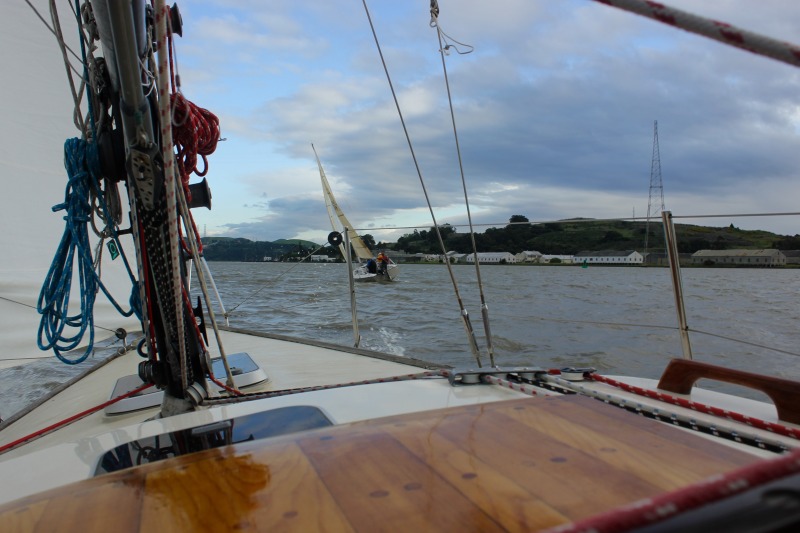
©2018Latitude 38 Media, LLC
Of course that’s just the racing calendar. Most people know that to sail, you don’t have to race, but for some, that’s the only thing that gets them on the water. Dennis Conner once said, "I hate sailing. I like racing."
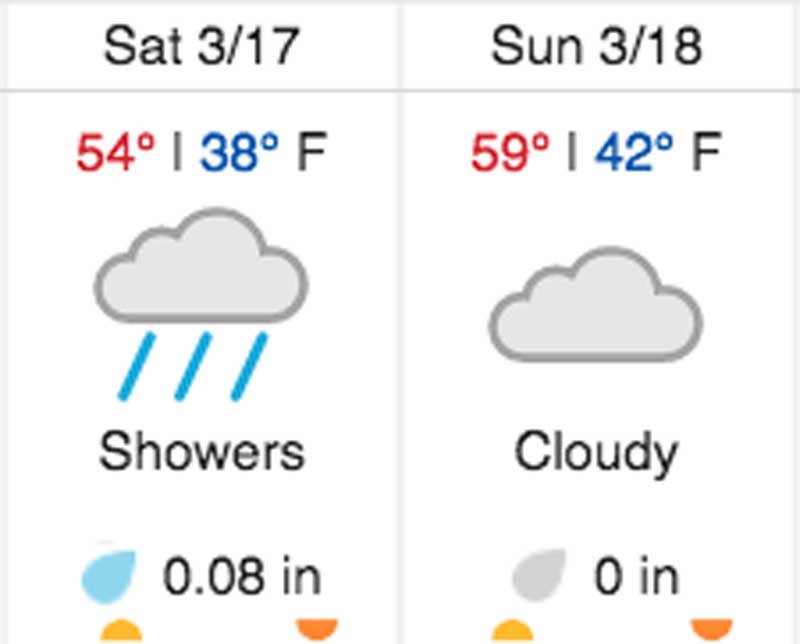
Let us know what you get up to — there’s surely some good sailing ahead this weekend. And, if you’re on a race course, good luck!
